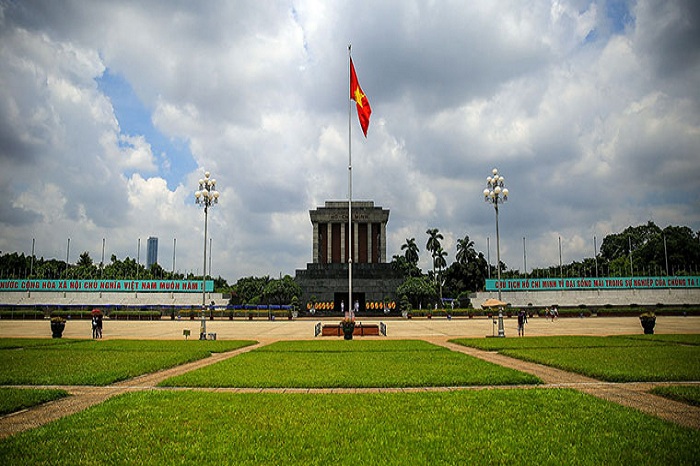
Ho Chi Minh Mausoleum and Ba Dinh Historic Monuments
- on Oct 17, 2020 By: Ngoc Nguyen
Known for its prominent political, administrative, and cultural role in Vietnam's capital, Ba Dinh district sits on the prime site of the imperial city of Thang Long of yesteryear. It is in Ba Dinh today that you can discover the largest number of prominent political and historical monuments in the country. While the Ho Chi Minh Mausoleum is a must-see site during your stay in Hanoi, nearby monuments are also worth a visit, whether you are nearby or inside.
Ba Dinh Square and the historic declaration of independence
The famous Ba Dinh Square is the heart of Ba Dinh, a district steeped in history. Under French colonial rule, Ba Dinh Square was just a large piece of land and a roundabout called Puginier Square in homage to the French missionary who was an apostolic vicar in western Tonkin. Concentrated around Ba Dinh Square are the most important buildings of the colonial era, such as the Palace of the Governor General of Indochina, the Albert Sarraut High School, and the Indochina Finance Department. Ba Dinh Square entered the history of the Vietnamese nation when, on September 2, 1945, President Ho Chi Minh proclaimed jubilantly in front of 400,000 people the Declaration of Independence giving birth to the Democratic Republic of Vietnam, the present socialist republic of Vietnam.
The Puginier Square was renamed Ba Dinh Square by Tran Van Lai, mayor of Hanoi between July 20 and August 19, 1945. Nowadays, Ba Dinh Square is a place frequented by Vietnamese people who come there to see the Ho Chi Minh Mausoleum but also to come and enjoy the large lawns in the evening. At 320 meters long and 100 meters wide, Ba Dinh Square is the largest square in Vietnam and still hosts major political and cultural events in the country today. Every day, it is possible to attend the ceremonies of the raising or lowering of the national flag. At six in the morning, the flag-raising ceremony takes place so that the large red flag with a gold star floats proudly in Ba Dinh Square. At nine o'clock in the evening, the ceremony of the lowering of the flag commences.
Ho Chi Minh Mausoleum, a place of pilgrimage for the Vietnamese people
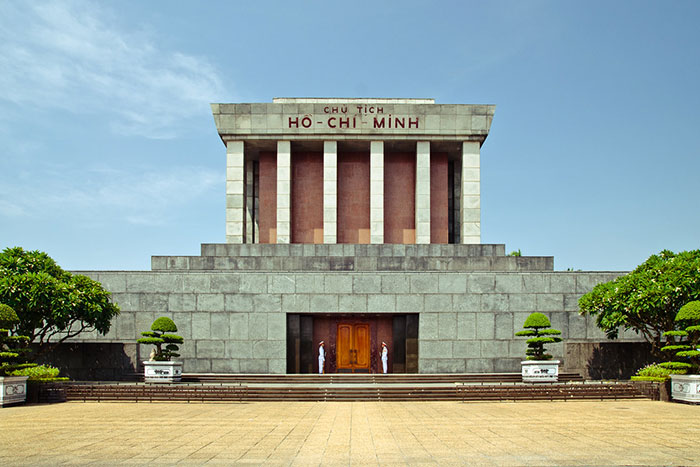
It was quite natural that in Ba Dinh Square, where the father of the nation proclaimed Vietnam's declaration of independence on September 2, 1945, that the mausoleum accommodating Uncle Ho's remains was built. Work on this building, which was inspired by Lenin's Red Square in Moscow, began on September 2, 1973, four years to the day after the death of President Ho Chi Minh. Materials from all parts of Vietnam, mainly granite, were used for its construction, which was completed on August 29, 1975. Ho Chi Minh's body is preserved in the cold, under a glass sarcophagus, lit by dim lights. As an important place of pilgrimage for the Vietnamese people, very respectful behaviour is required to enter the mausoleum. Correct dress as well as total silence is required. No photos are allowed.
Ho Chi Minh Stilt House
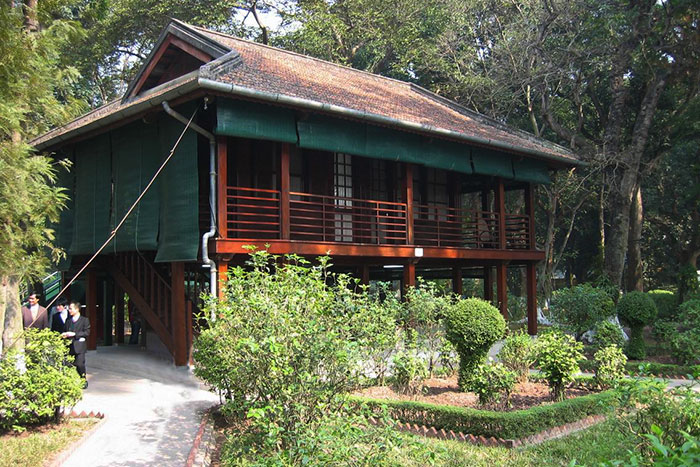
A few steps from the Ho Chi Minh Mausoleum is a very simple and modest stilt house, in which he lived and worked from 1958 to 1969. This very sober house is made of teak wood and is located in the park of the Governor General's palace of Indochina that Uncle Ho did not want to occupy. This house on stilts served as his residence and place of work. The ground floor houses a room with a large conference table where Ho Chi Minh held his war councils. The first floor is accessed by a very beautiful slatted staircase, where his bedroom and his office are located. You will notice outside the charming little pond where carp live, a symbol of longevity.
Hanoi Presidential Palace
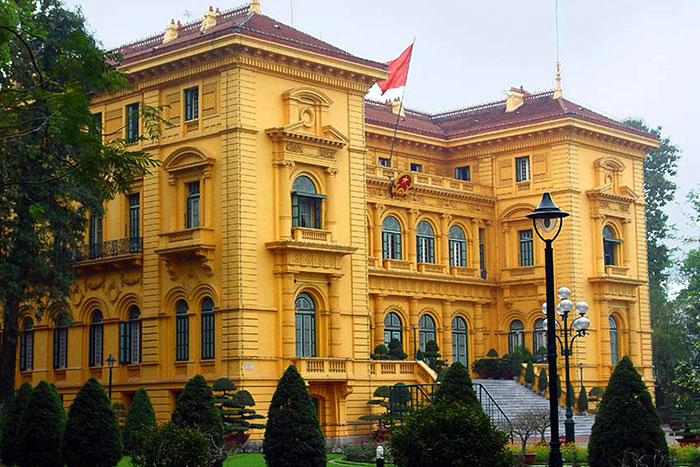
The former residence of the governors of French Indochina, the Presidential Palace is today the residence of the President of the Republic of Vietnam. Built between 1900 and 1906 by French architect Auguste Henri Vildieu on the commission of Governor Paul Doumer, this neoclassical-style building was ranked among the 13 most beautiful palaces in the world by the American magazine Architecture Digest. Entrance to the palace is closed to the public, except in certain areas of the park, including the one where the Ho Chi Minh house on stilts is located.
Former Albert Sarraut high school

Opposite the Presidential Palace and its magnificent gardens is the former Albert Sarraut high school. In 1912, the French colonial authorities decided to build a large secondary education establishment in Hanoi to accommodate French and Vietnamese students. The high school was inaugurated on January 1, 1919, by the then Governor General of Indochina Albert Sarraut, who gave his name to the new high school. The school ceased its activity in 1965. It then became a public school managed directly by the Vietnamese authorities and changed its name. then becoming the headquarters of the Vietnamese Communist Party.
Related articles:
>> Hanoi city and its old quarter
 Español
Español Français
Français
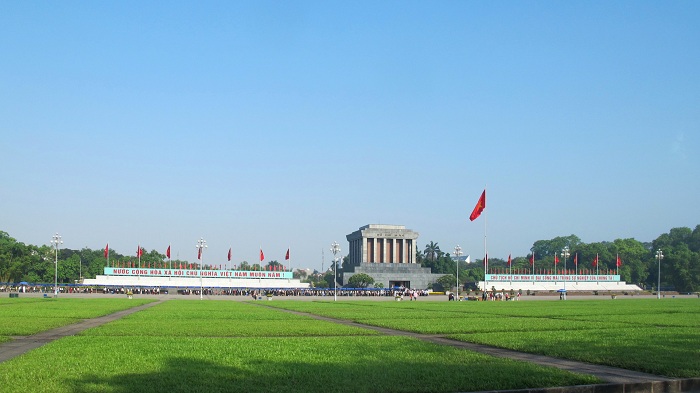






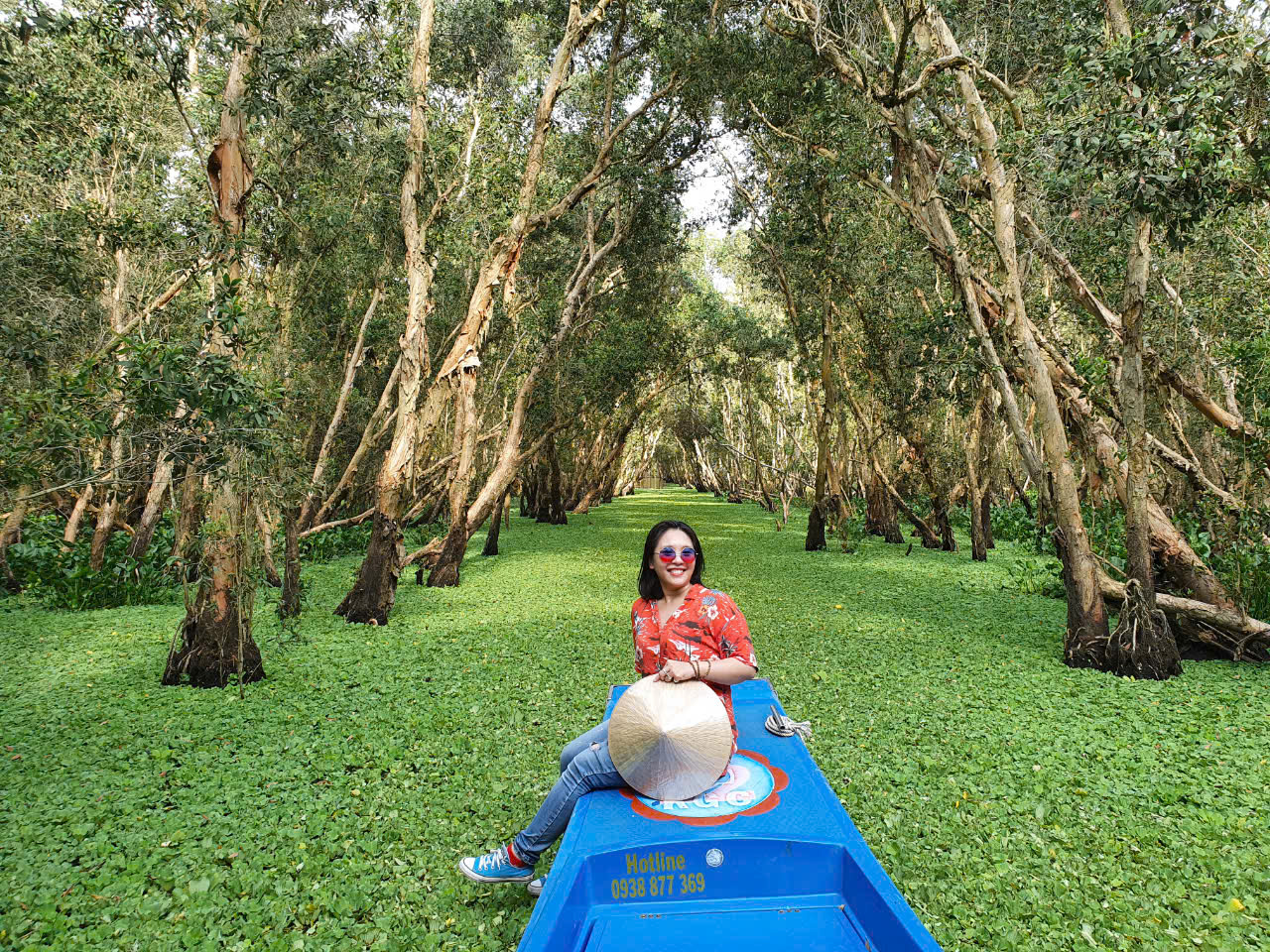
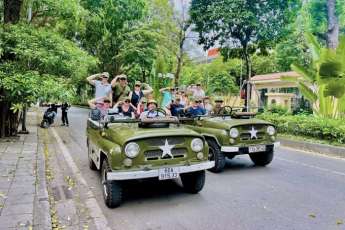
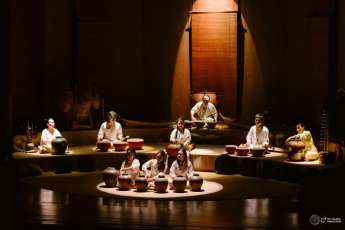











Morgane Ter Cock
on Dec 18, 2025HerbertPhomaMS
on Oct 19, 2025Lilyan Cuttler
on Oct 15, 2025Avenue17XC
on Sep 14, 2025Avenue18JL
on Jul 21, 2025